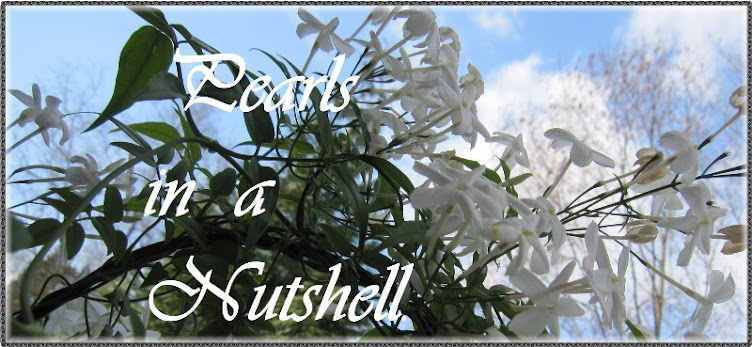Recently we came upon this beautiful heron posed on a branch of a tree beside the road. He remained long enough for my husband to capture some excellent photos.
In downloading the images I realized I didn't know much about the Blue Heron and did a bit of research.
Once again what I learned reminded me that no matter where we look we are confronted with the unmistakable fingerprint of God's goodness, wisdom and creativity in nature.
To Him be all the praise and glory !
The Blue Heron is well equipped to take care of its grooming needs to stay looking photo-perfect! Feathers need to be put into place and carefully groomed and cleaned.
But how ?
He comes equipped with his very own comb and cleaning powder.
The Blue Heron has what is called Pectinate Toes. The center toe on each leg is longer than the other two toes and has along the side ridges that function like our toothed combs.
This 'comb' is perfect for arranging and preening his feathers, but simply preening is not enough.
The Blue Heron's love of fishing has the consequence of his feather getting rather grimy and he needs a way to clean them.
Falling over across his chest the Heron has feathers that are uniquely different from his other feathers. The feathers on his chest grow continually and fragment - becoming almost like 'hair' , and they act like a 'washcloth' to clean his toes and also produce a cleansing and protective powder for his grimy feathers.
A quote from the Cornell Lab of Omithology says .. "Great Blue Herons have specialized feathers on their chest that continually grow and fray. The herons comb this 'powder down' with a fringed claw their middle toes, using the down like a washcloth to remove fish slime and other oils from their feathers as they preen. Applying this powder to their underparts protects their feathers against the slime and oils of swamps."
Isn't that amazing?
If God has so uniquely provided for the needs of the Blue Heron, how much more will He provide for our every need !
Philippians 4:19 "But my God shall supply all your need according to His riches in glory by Christ Jesus."
Note that God does not meet our needs according to what we see around us, or what the world could possibly provide for us - no, God provides out of His riches in glory !!
I don't think His bank account is ever in need of funds , do you ?


